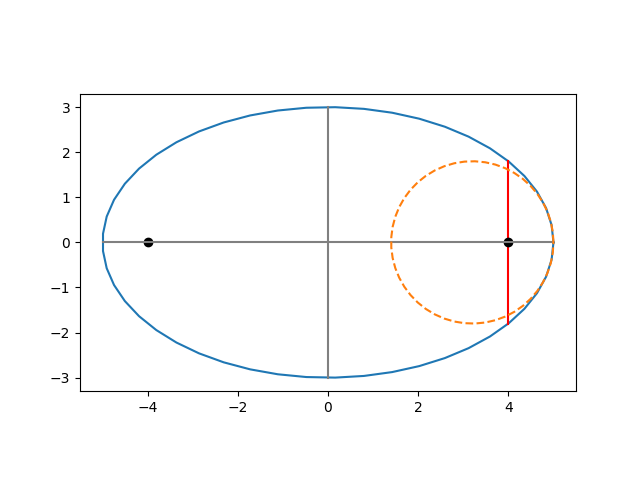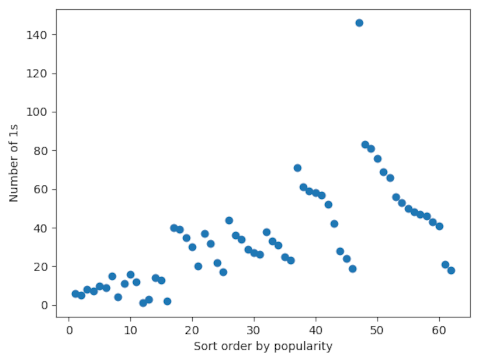The world of expert testimony seems mysterious from the outside, so I thought some readers would find it interesting to have a glimpse inside.
Kinds of experts
There are two kinds of experts, consulting experts and testifying experts. These names mean what they say: consulting experts consult with their clients, and testifying experts testify. Usually a lawyer will retain an expert with the intention of having this person testify, but the expert starts out as a de facto consulting expert.
Working with lawyers
Working with lawyers is quite pleasant. The division of labor is crystal clear: you are hired to be an expert on some topic, they are the experts in matters of law, and the streams don’t cross. You’re treated with deference and respect. Even if a lawyer knows something about your field of expertise, it’s not their role to opine on it.
I’ve never had a lawyer try to twist my arm. It’s not in their interests to do so. I’ve told lawyers things they were disappointed to hear, but I’ve never had a lawyer argue with me.
Turning down projects
I’ve turned down engagements when it was immediately apparent that the client didn’t have a statistical case. (They may have a legal case, but that’s not my bailiwick.) Sometimes lawyers are grasping at straws, and they may try a statistical argument as a last resort.
One person approached me to do a statistical analysis of one data point. Not to be outdone, someone once asked me to do a statistical analysis based on absolutely no data. I told both that I’d need a little more data to go on.
Nature of the work
John Tukey said that the best part of being a statistician is that you get to play in everyone else’s back yard. I’d expand that to applied math more generally. You can’t be expected to be an expert in everything, but you are expected to come up to speed quickly on the basics of problem domain.
Work on legal cases is confidential, but so is almost everything else I do. However, an intellectual property case I worked on took this to a higher level. I was only allowed to work at opposing counsel’s office, on their laptop, without an internet connection, and without a phone. That was an interesting exercise.
There’s a lot of hurry-up and wait with legal work. A project can be dormant and presumably dead, then suddenly pop back up. This isn’t unique to legal work, but it seems more frequent or more extreme with legal work.
Billing
Law firms do everything by the hour. I mostly work by the project, but I’ll work by the hour for lawyers. There are occasional exceptions, but hourly billing is firmly ingrained in legal culture. And reasonably so: it’s hard to say in advance how much work something will take. Sometimes when you can reasonably anticipate the scope of a task you can do it fixed bid.
Law firms typically pass through all expenses. So even if a firm hires you, their client is responsible for paying you. You don’t get paid until the law firm gets paid, which can sometimes take a while.
Travel
A few years ago I had to fly around a fair amount. That was fun for a while but it got old. I haven’t had to travel for work since the pandemic and I’m OK with that.







